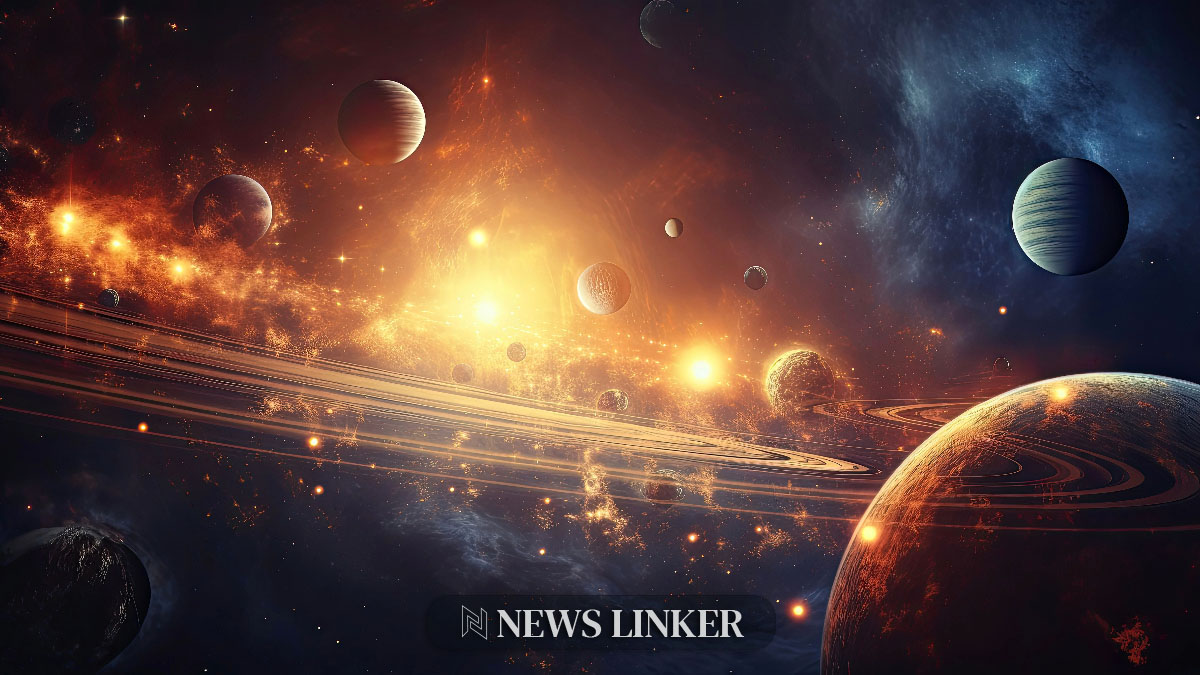Wormholes, theoretical constructs within Einstein’s framework of general relativity, have long fascinated both the scientific community and the public with the prospect of creating shortcuts across the universe. These cosmic tunnels, which could potentially connect distant points in space or even different universes, were first conceptualized in 1935 by Albert Einstein and Nathan Rosen as Einstein-Rosen bridges. Over time, this concept evolved into what we now refer to as wormholes, capturing the imagination of science fiction authors and filmmakers with visions of space travel as simple as commuting between subway stations.
The allure of wormholes extends beyond their science fiction appeal, into the realm of practical scientific inquiry. A notable advancement in this field was reported in a paper published in Physical Review D in 2015, titled “Wormhole shadows.” This study proposed a novel method for detecting Ellis wormholes by analyzing images of these structures surrounded by optically thin dust.
The researchers identified two models of dust behavior, including a scenario where dust enters and exits the wormhole at constant speed. Importantly, the study discovered that, similar to black holes, wormholes would produce a bright ring in images, a result of unstable photon orbits. Yet, it’s the density contrast within and outside this ring that could enable scientists to distinguish between wormholes and black holes, with high-resolution observations potentially confirming the existence of wormholes in the near future.
The journey toward realizing wormhole travel, however, is fraught with theoretical challenges and innovative approaches. The inherent instability of spacetime tunnels and the requirement for exotic matter with negative energy density and pressure are significant scientific hurdles. Recent scholarly efforts, such as those by Juan Maldacena and Alexey Milekhin, have explored using charged normal matter or speculative “dark sector” matter to stabilize wormholes. These models suggest that a stabilized wormhole might require an additional spatial dimension, a magnetic field, and rotation, alongside isolation from external particles and extremely low temperatures.
Despite the speculative nature of current models and the high improbability of constructing traversable wormholes with today’s scientific understanding, the exploration of wormholes continues to push the boundaries of physics. They represent a frontier at the edge of our scientific knowledge, offering potential pathways across the cosmos. While significant challenges remain in stabilizing these tunnels and creating conditions for safe travel, the ongoing exploration underscores the human quest for knowledge and the desire to explore the vast unknowns of our universe.










